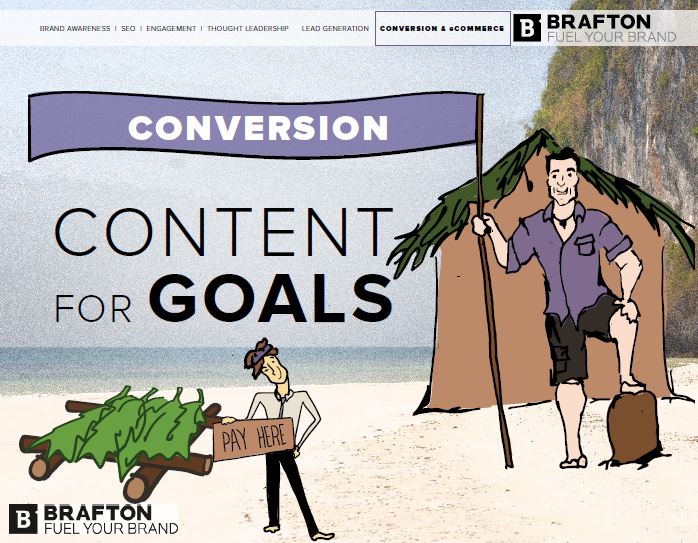 In terms of internet marketing, the amount of time a web visitor spends on a specific website is dwell time. Businesses often use this metric to gauge the overall effectiveness of their content or to approximate purchase intent among site visitors, as greater dwell times indicate more engagement with a brand site. Since higher dwell times are generally believed to correlate with improved transaction rates, the data is often used to evaluate online conversion marketing strategies.
In terms of internet marketing, the amount of time a web visitor spends on a specific website is dwell time. Businesses often use this metric to gauge the overall effectiveness of their content or to approximate purchase intent among site visitors, as greater dwell times indicate more engagement with a brand site. Since higher dwell times are generally believed to correlate with improved transaction rates, the data is often used to evaluate online conversion marketing strategies.
Dwell time and SEO
Search marketers increasingly believe that interaction metrics play a role in search rankings, and dwell time is one key engagement metric that may factor into a site’s performance in search.
In addition to monitoring overall site dwell time, marketers can measure visitors’ dwell times on individual pages to determine which may be helping or hurting their SEO efforts and to inform content marketing initiatives based on what type of information seems to hold users’ interest.
How a website’s UX impacts dwell time
46 percent of people evaluate a site’s credibility by the look of its pages, including the fonts, pictures, graphics and white space. Quality content is important, but if your website isn’t easy on the eyes and easy to navigate, you can expect people to leave your site quickly. In fact, 40 percent of consumers will leave a website that takes more than three seconds to load. Learn more in our Marketer’s Guide to UX: The ‘invisible’ elements that fuel success.
Dwell times, content marketing and conversions

General studies have suggested that sites with higher dwell times see greater online conversions. Of course, many argue the causality cannot be determined and that people are spending longer times on sites because they intend to buy (rather than buy because they have spent a sufficient amount of time on the site).
Nonetheless, the correlation between dwell times and online transactions suggests a positive likelihood of conversions when dwell time is up. While longer dwell time is a means to a marketing end, engaging content combined with clear calls to actions and a navigable internal linking structure are generally considered top methods to keep people on a site longer. These strategies often produce a byproduct of greater dwell times and, ideally, contribute to the larger goal of conversions.




